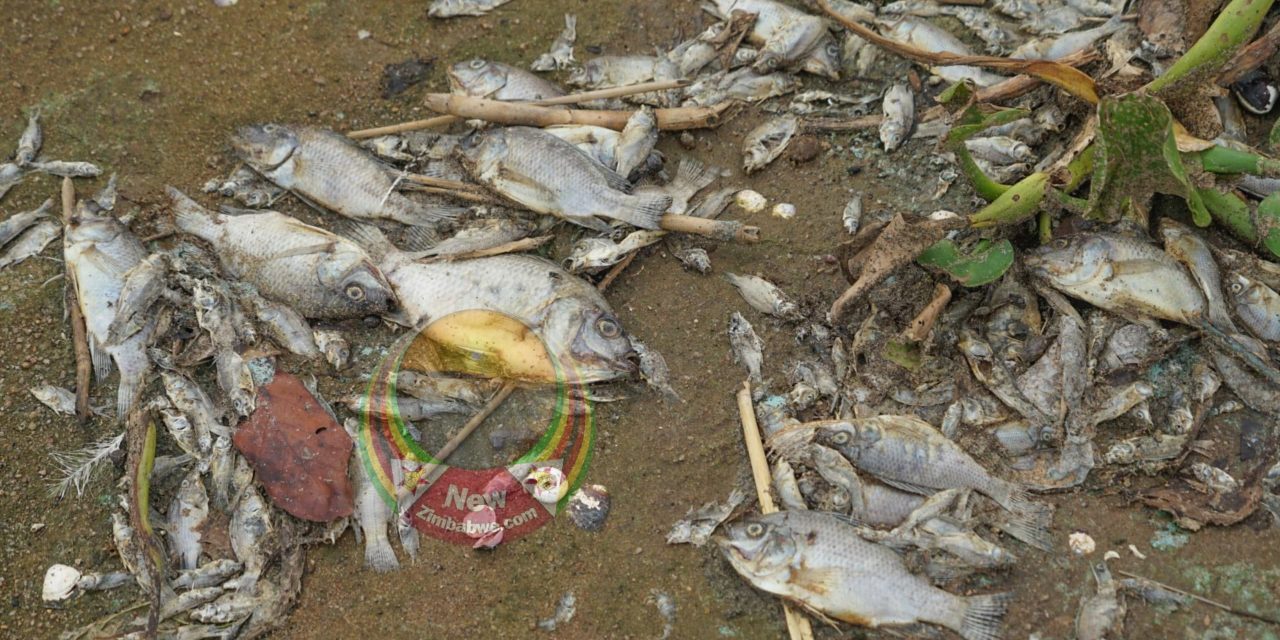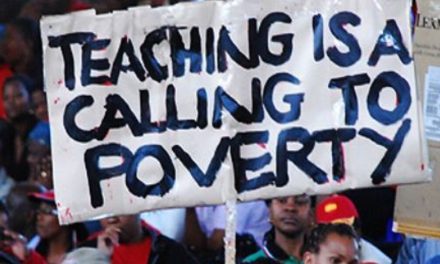By Cde Nhamo Taneta
It’s not every day that a country’s environmental crisis can serve as a metaphor for its entire political, economic, and social state.
But then again, Lake Chivero is no ordinary lake.
Once a bustling water source, it has now transformed into a graveyard for wildlife and aquatic life, a fitting reflection of the rot at the core of Zimbabwe.
Zimbabwe Parks and Wildlife Management Authority (ZimParks) recently issued an SOS call, as pollution and environmental degradation have turned the lake into a toxic wasteland.
If Lake Chivero could talk, it might say, “Help me, I’ve been abandoned like the rest of the ordinary masses in the country.”
At least four rhinos have been found dead after drinking from the cyanobacteria infested waters of the lake, while fish, zebras, and even domestic animals have joined them in the afterlife.
Now, Lake Chivero is affectionately known as the “drink of death.”
Not exactly the refreshing sip one might expect from the country’s second-largest water source.
Ironically, this very lake is also one of the main suppliers of water to Harare and Chitungwiza.
So, while residents might be thinking they’re hydrating with a cool glass of water, they might actually be sipping a deadly cocktail of toxins.
Cheers to progress!
But don’t worry, the government of President Ruka Chivende remains unfazed, proudly declaring that Zimbabwe is on track to achieve its Vision 2030 goal of becoming an upper middle-income economy.
Of course, this is an upper-middle-income economy that has no interest in pesky things like environmental protection.
Who needs clean water when you’re busy aiming for economic success, right?
The rot at Lake Chivero is destined to go down in history as one of the shining achievements of the Second Republic.
If only all of Zimbabwe’s problems could be so “efficiently” dealt with.
Meanwhile, China, Zimbabwe’s all-weather friend, except when it comes to the environment, continues to dump toxic chemicals into rivers across the country, leaving a trail of ecological devastation in its wake.
But hey, they’re bringing in investment, so who’s complaining?
Our own Harare Mayor, Jacob Mafume (Harare 1) was recently caught boasting that the capital city had already achieved its Vision 2025 goal of becoming a world-class city.
Well, how right he was!
Harare may be the city that now excels in pumping water mixed with faecal matter straight into people’s homes.
Who needs clean water when you’ve got a constant reminder of the city’s other major achievement, piles of trash at every bus terminus, at Rezende Parkade, Copacabana, Market Square and Central Police Station.
Sunshine City status has truly been restored, one pile of rubbish at a time.
And of course, when it comes to the Second Republic’s tendency to pass the buck, blame shifting has become an art form.
The opposition-run city council is, predictably, the scapegoat for everything that goes wrong in Harare.
After all, it’s much easier to blame others than deal with the uncomfortable reality of incompetence.
Maybe it’s not just the opposition or the Chinese mining companies we should be blaming for Lake Chivero’s pollution.
Perhaps, in the end, we can also pin it on the ever-convenient American sanctions. After all, why not? It’s a classic.
As for the future, we’re all praying that one of President Ruka Chivende’s sons, like the free-spending Wicknell Chivhayo, will swoop in to save the day at Lake Chivero.
After all, hasn’t Zimbabwe always been a country waiting for its mbingas to save it?





